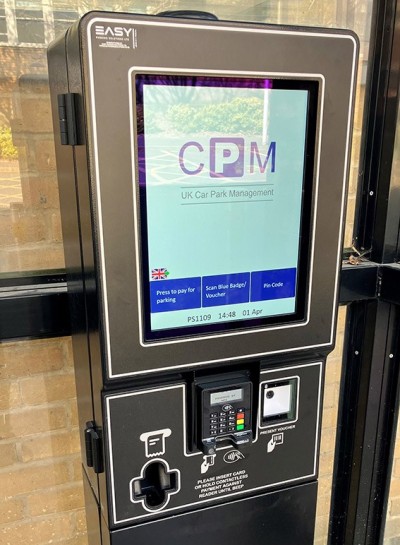Changes to parking for Blue Badge holders at Kingston Hospital
Parking continues to be free for disabled badge holders, but we have changed the way the process works at Kingston Hospital.
Blue Badge holders no longer need to register their car with parking services before coming to the hospital.
Simply take your disabled badge with you, scan it at a machine on the way into the hospital, and keep it with you until you leave. Once you have scanned your Blue Badge, there is no need to display it in your car.
There are scanning machines next to or near every entrance.
Parking machine locations
- Main Reception
- Maternity
- Emergency Department
- Kingston Surgical Centre
- Royal Eye Unit
- Esher Wing
- Physiotherapy
Parking for Blue Badge holders at other sites has not changed.
Frequently asked questions (FAQs)
No, you will pass a machine on the way in and can scan your badge without walking more than a few steps further.
You don’t need to go back to your car to display your badge.
There is a list of machines on this page and we will soon add a map so you can easily plan which machine you will use.
No, our parking attendants will know which cars have a disabled badge by looking at the automated parking system.
Anyone parking in a disabled bay who has not scanned their badge will receive a demand for payment in the post and a strong warning from us.
It is unacceptable to park in a disabled bay if you are not a disabled badge holder and we will enforce this rule in the new system.
We will put a large banner outside the main entrance explaining that the process has changed for disabled badge holders.
We are planning an automated phone message to play when you call parking services main number.
We have large, clear signs at all entrances.
Posters at the payment machines explain that disabled badge-holders should scan their badge before attending their appointment.
In the previous system, many disabled badge holders were at a disadvantage:
Firstly, many people were not aware that they needed to register their car 24 hours before arriving so they had to pay for their parking on their first visit.
Secondly, people who rely on others for transport (such as some people who live in a care home) may be brought by a different driver each time. They do not have time to register each car 24 hours ahead, so the system put these vulnerable patients at a disadvantage.
The new system resolves both of these issues.
The database includes patients who no longer have appointments here and also families and carers. Therefore a communication from the hospital may have caused confusion for many people.
